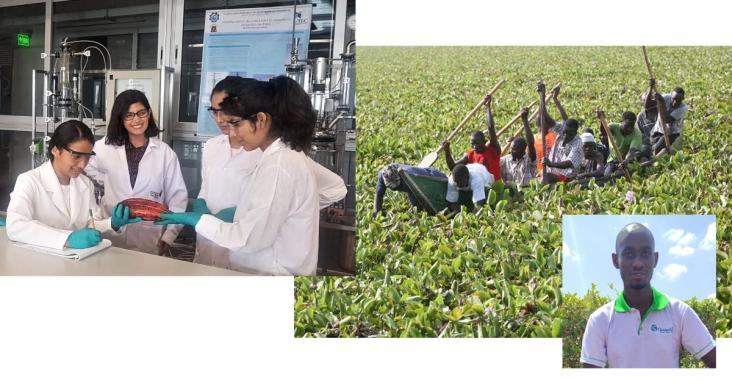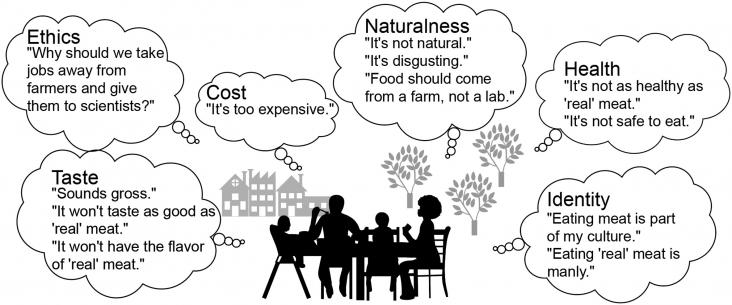The principal motivations for the worldwide trend towards reducing meat consumption are health, the environment and animal welfare.

Meat consumption has been increasing since the 1960s, but especially from the 1980s decade to today.

This article highlights the winning proposals of the fifth edition of the Elsevier Foundation Green & Sustainable Chemistry Challenge. The winning proposals were chosen for their innovative green chemistry aspects and their large positive impact on the environment, contributing to SDGs 7, 8, 10, 12, 13, 14 and 15.
This paper describes the relationship between agriculture, food supply chains and children’s and adolescents’ diets and their food accessibility, advancing knowledge on SDG 2, zero hunger.
The dichotomous divide between vegetarians and omnivores seems clear: Omnivores eat meat, whereas vegetarians do not.
Entomophagy is increasingly seen as a potential solution to provide a sustainable source of protein. However, the attitude of Western consumers towards insect-based products is generally negative.
Food production entails a series of steps and operations that convert raw biomass into final products suitable for human consumption.
Landscape fragmentation and farming can affect the diversity of plants and pollinators harbored by linear landscape elements (LLE) in agroecosystems.

